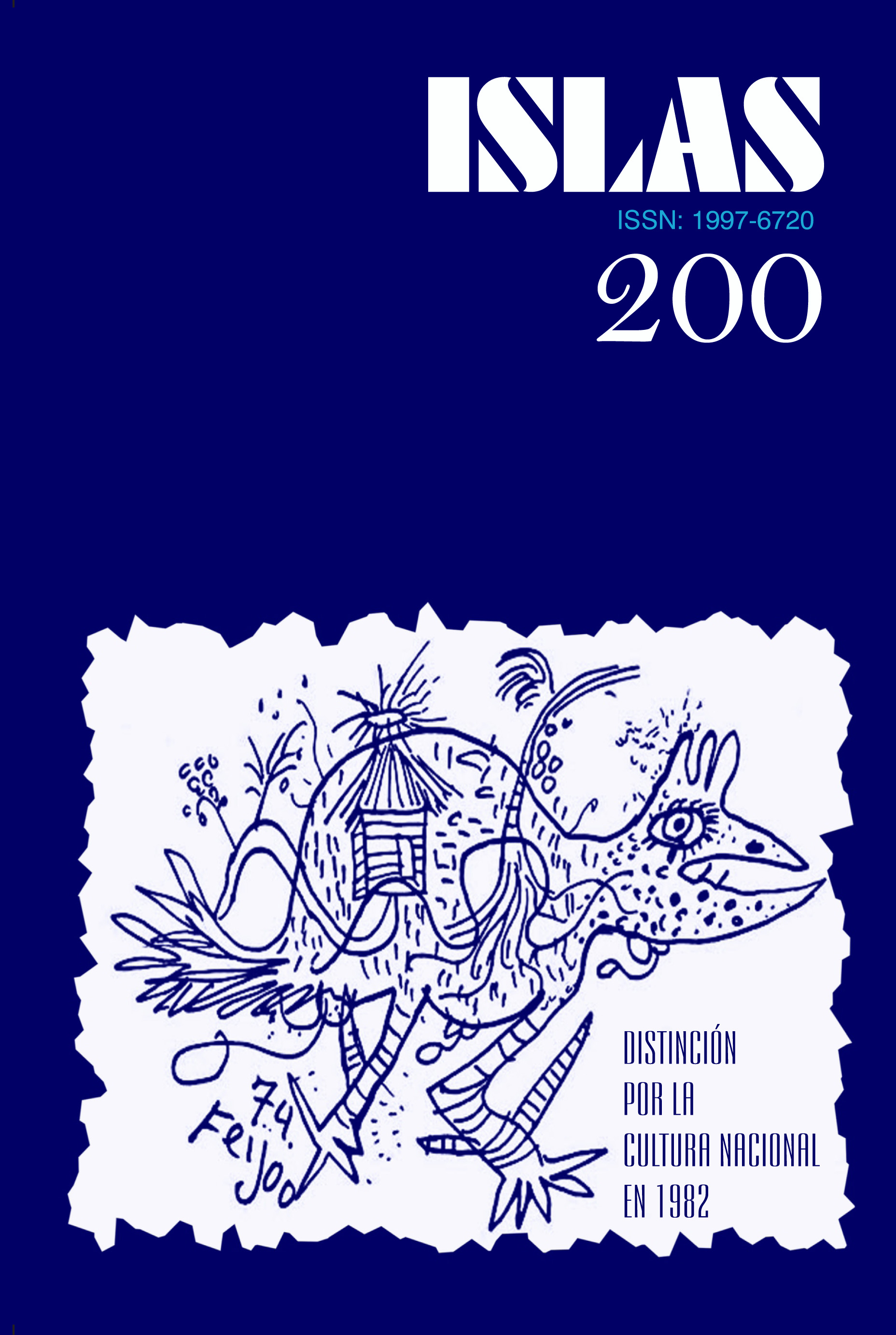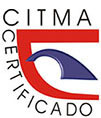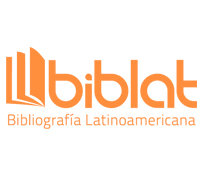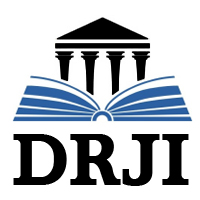The superlative in the textual expression of the novel Tumbaga by Samuel Feijóo
Keywords:
superlative; textual expression; stylistics; Samuel Feijóo; TumbagaAbstract
Spanish is a language with great possibilities of expressiveness, so the speaker of the Cuban variant of Spanish has various resources to articulate the weighting. In this way, the study of the superlative is current in linguistic research, where it includes all those phenomena that increase, expand and / or exaggerate, traits, qualities or communicative situations. This paper analyzes the expression of the superlative in the novel Tumbaga by Samuel Feijóo and, specifically, focuses on the textual level. The analysis of this novel means the search for popular and Cuban essences, as is the case of the expression of the superlative. In this sense, the objective is to describe the linguistic procedures that express the superlative at the textual level of the novel Tumbaga by Samuel Feijóo. The methodological foundation is based on authors such as Albelda Marco (2005 [2004] and 2014), Arboleda Granda (2012) and González Calvo (1984-1988) who precisely studies the superlative at the textual level. In the novel, different textual procedures that enhance the expressive content and take full significance in the communicative context are recognized.The following linguistic procedures stand out: superlative content by accumulation and superlative valuation; the profusion of linguistic procedures, such as the amplifying metaphor. The profusion of expressions and resources to superlativize at the textual level is evidenced, which also have a marked stylistic character.
Downloads
References
ALBELDA, M. (2005 [2004]). La intensificación en el español coloquial. Servei de Publicacions. Recuperado de https://www.researchgate.net/publication/50819060_La _intensificacion_en_el_espanol_coloquial
Albelda Marco, Marta. (2014). Escalaridad y evaluación: rasgos caracterizadores de la intensificación pragmática, en Putska, Elissa/Goldschmitt, Stefanie, eds., Emotionen, Expressivität, Emphase, Berlín, Erich Schmidt Verlag.
ARBOLEDA GRANDA, D. L. (2012). La intensificación de las locuciones de la prensa escrita de Medellín: una aproximación pragmática. Lingüística y Literatura, No. 62, 63-85.
CÁRDENAS MOLINA, G. (2004). Oralidad, variante nacional e identidad cultural. En Vera, A.: La oralidad, ¿ciencia o sabiduría popular?, 65-72. La Habana: Cátedra de Oralidad Carolina Poncet, Centro de investigación y Desarrollo de la Cultura Cubana Juan Marinello.
FEIJÓO, S. (1964). Tumbaga. Universidad Central de Las Villas: Editora del Consejo Nacional de Universidades.
FERNÁNDEZ SONEIRA, A. M. (2008). La cantidad a manos llenas. La expresión de la cuantificación en la lengua de signos española. Fundación CNSE.
GONZÁLEZ CALVO, J. M. (1984). Sobre la expresión de lo «superlativo» en español, I. Anuario de Estudios Filológicos. (7)
GONZÁLEZ CALVO, J. M. (1985). Sobre la expresión de lo «superlativo» en español, II. Anuario de Estudios Filológicos (8)
GONZÁLEZ CALVO, J. M. (1986). Sobre la expresión de lo «superlativo» en español, III. Anuario de Estudios Filológicos (9)
GONZÁLEZ CALVO, J. M. (1987). Sobre la expresión de lo «superlativo» en español, IV. Anuario de Estudios Filológicos (10)
GONZÁLEZ CALVO, J. M. (1988). Sobre la expresión de lo «superlativo» en español, V
GUERRERO RUIZ, P., PASTOR & DEPESTRE C. (s.f.). Glosario popular cubano (Estudio de cubanismos actuales), 139-160. Recuperado de https://ruc.udc.es/dspace/bitstream/ handle/2183/8201/LYT_20_2003_art_12.pdf?sequence=1&isAllowed=y
GUERRERO SALAZAR, S. (2017). La intensificación como estrategia comunicativa en los titulares de las portadas deportivas. ELUA, (31), 187-209. doi:10.14198/ELUA2017.31.1
KUDLOVÁ, M. (2009). Intensificadores en las conversaciones coloquiales. Recuperado de https://theses.cz/id/g9je9u/?lang=en
LEYMAN, A. (2010). La expresión del valor superlativo en francés y en español. Recuperado de https://lib.ugent.be/fulltxt/RUG01/001/457/888/RUG01-001457888_2011_0001_AC.pdf
LÓPEZ MIRET, Á. (1999). Oscuras maravillas. Signos, (44), 154-175.
PENAS IBÁÑEZ, M. A. (1993-1994). Los intensivos léxicos y morfológicos: su importancia lingüística y estilística. C.I.F., XIX-XX, 129-150. Recuperado de https://publicaciones .unirioja.es/ojs/index.php/cif/article/view/2338
PÉREZ GARCÍA, Y. (2009). Los estudios del texto literario según la estilística: teorías y métodos. Recuperado de https://www.researchgate.net/publication/46562306_LOS_ESTUDIOS_ DEL_TEXTO_LITERRIO_SEGUN_LA_ESTILISTICA_TEORIAS_Y_METODOS
RUIZ GURILLO, L. (2009). Marta Albelda Marco. La intensificación como categoría pragmática: revisión y propuesta (Reseña). John Benjamins Publishing Company, Spanish in Context 6:2, 308-312. DOI: 10.1075/sic.6.2.08rui.
SANCHO CREMADES, P. (2001-2002). La gradualidad de los procesos de gramaticalización: sobre el uso idiomático del adjetivo «menudo» en español coloquial. Cuadernos de Investigación Filológicas, (27-28), 285-306. Recuperado de https://publicaciones.un irioja.es/ojs/index.php/cif/article/view/2211/2080
SERRADILLA CASTAÑO, A.M. (2016). Sobre la expresión de la superlación en el español contemporáneo: la convivencia de nuevas y viejas fórmulas. RSEL 46(1), 91–122. Recuperado de http://revista.sel.edu.es/index.php/revista/article/view/144/142
Downloads
Published
How to Cite
Issue
Section
License

This work is licensed under a Creative Commons Attribution-NonCommercial 4.0 International License.
Usted es libre de:
Compartir — copiar y redistribuir el material en cualquier medio o formato
Adaptar — remezclar, transformar y construir a partir del material
La licenciante no puede revocar estas libertades en tanto usted siga los términos de la licencia
Bajo los siguientes términos:
Usted es libre de:
Atribución — Usted debe dar crédito de manera adecuada, brindar un enlace a la licencia, e indicar si se han realizado cambios. Puede hacerlo en cualquier forma razonable, pero no de forma tal que sugiera que usted o su uso tienen el apoyo de la licenciante.
NoComercial — Usted no puede hacer uso del material con propósitos comerciales.
No hay restricciones adicionales — No puede aplicar términos legales ni medidas tecnológicas que restrinjan legalmente a otras a hacer cualquier uso permitido por la licencia.



















